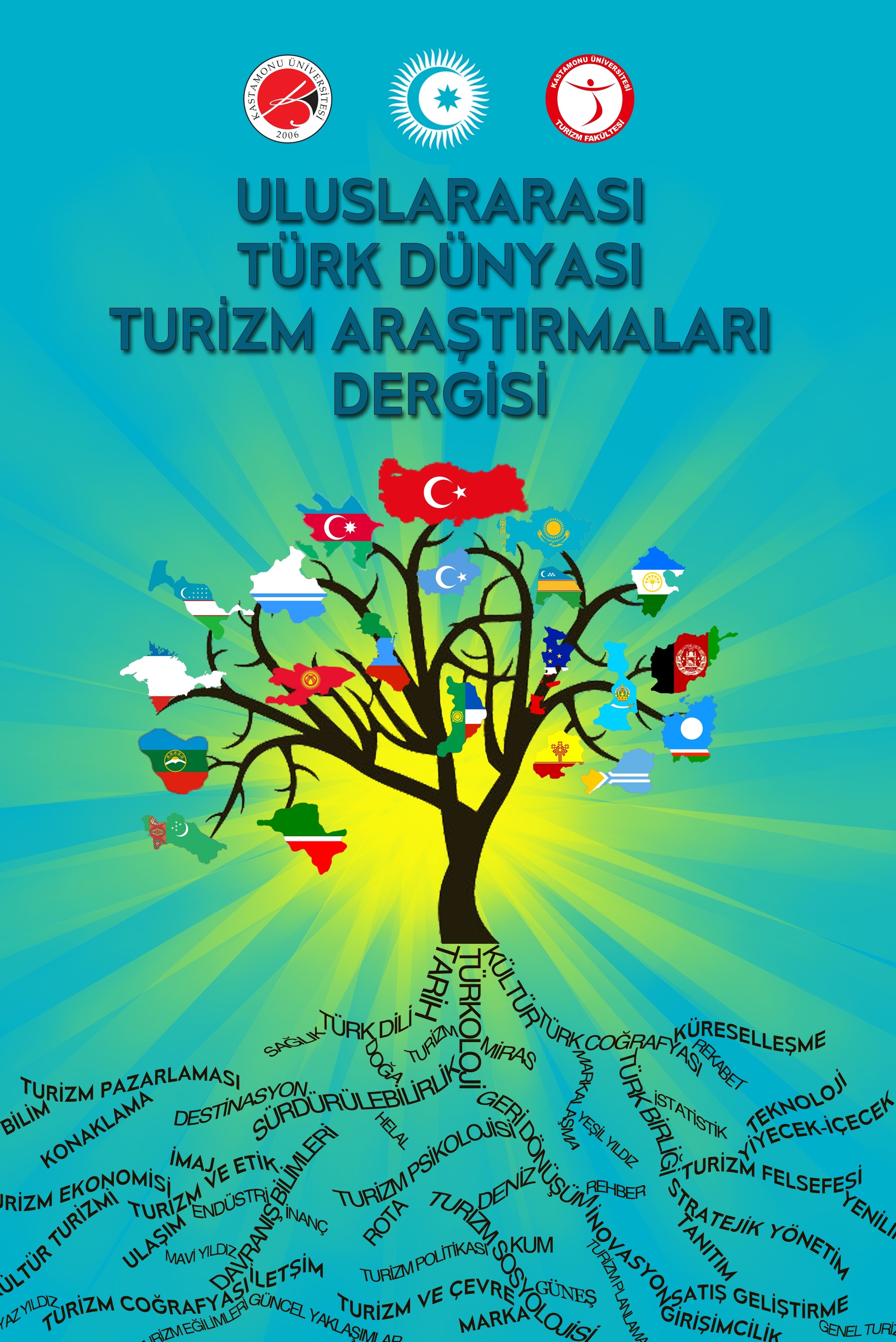Tourism and Consumption of Space: Thoughts on Safranbolu
Safranbolu, Mekân Tüketimi, Yaya Hareketliliği, Tarihi Kent, Türkiye
Tourism and Consumption of Space: Thoughts on Safranbolu
Spatial Consumption, Pedestrian Mobility, Historic City, Safranbolu, Turkey,
___
- Cravatte, H. (1977). Introduction, Historic Town Centres in the Development of Present-Day Towns, Strasbourg: Council of Europe.
- Kıycı, Ş. (2010). Bir İmaj Çeşidi olarak Destinasyon İmajı ve Turizmde Destinasyonun İmajının Ölçülmesi (Amasra Örneği). Zonguldak
- Karaelmas University, Institute of Social Sciences, Master Thesis, Zonguldak
- Koçan, N. (2012). Safranbolu'da Zaman ve Mekân, Safranbolu Belediyesi Kültür Yayınları, Karist Baskı Çözümleri, İstanbul.
- Maguire, P. (1982). Issues in conservation and protection. In R.Zetter (ed.) Conservation of Buildings in Developing Countries, Oxford: Oxford Polytechnic.
- Malik, A. (1993). ‘Muslim cities: recent history and possible future’ in S. Barakat (ed.) Architecture and Development in the Islamic World, pre-publication, York, 1993.
- Metro-Roland, M. M. (2011). Tourists, signs and the city: the semiotics of culture in an urban landscape. -- (New directions in tourism analysis), Printed and bound in Great Britain by the MPG Books Group, UK.
- Municipality of Safranbolu, (2015). Safranbolu Tarihi/Safranbolu Belediyesi, www.safranbolu.bel.tr. Last accessed: 10.06.2017.
- Orbaşlı, A. (2000). Tourists in HistoricTownsUrban Conservationand HeritageManagement. ISBN 0-203-78724-2 (Adobe eReader Format), First published 2000 by E & FN Spon London and New York.
- Rogers, P. (1982). Conservation and implementation. in R. Zetter (ed.) Conservation of Buildings in Developing Countries, Oxford: Oxford Polytechnic.
- Safranbolu Municipality, (2017). Safranbolu’nun yerleşimi ve coğrafi özellikleri. http://www.safranbolu-bld.gov.tr/?/safranbolu/cografi-konum-94, Last accessed: 28.07.2017
- Şendil, G.Z. (2017). Kent Kimliği: Safranbolu Örneği. Uludag University Institute of Social Sciences, Department of political science and public administration, Urbanization and Environmental Issues, Master Thesis
- URL-1, (2017) Safranbolu. https://www.flickr.com/map/?fLat=41.243757&fLon=32.692222&zl=13&everyone_nearby= Last accessed: 10.06.2017.
- URL-2, (2017). http://whc.unesco.org/en/list/614. Last accessed: 10.06.2017.
- Urry, J. (2002). The Tourist Gaze. Second edition, SAGE Publications Ltd, London de Kadt, E. (1980) Tourism: Passport to Development? (ed.) New York: Oxford University Press.
- Yalı, S. (2016). Kültürel Turistlerin seyahat tercihleri ve yiyecek içecek beklentileri: Safranbolu Örneği. Karabük University Institute of Social Sciences, Department of Tourism Management, Master Thesis, Karabük
- ISSN: 2587-1080
- Başlangıç: 2015
- Yayıncı: Kastamonu Üniversitesi
Sürdürülebilir Turizme Siyaset Engeli: Türkiye ve Hollanda İlişkileri Örneği
Sibel Mehter Aykın, Emel Kahraman
Gastro Turistlerin Tipolojisinin Belirlenmesi: Gaziantep Ölçeğinde Bir Uygulama
Aykut ŞİMŞEK, Gökalp N. SELÇUK
Sosyal Medyanın Turizmde Tanıtım Amaçlı Kullanımı: T.C. Kültür ve Turizm Bakanlığı Örneği
Özlem Duğan, Bayram Oğuz AYDIN
Kastamonu İlinin Arap Turizm Potansiyeli Üzerine Bir SWOT Analizi
Erol TEKİN, Selim Koray DEMİREL
Yöresel Yemeklerin Bölge Restoranlarında Kullanılma Durumu: Mengen Örneği
Özkan ERDEM, Metin MIZRAK, Ali Kemal KEMER
Tourism and Consumption of Space: Thoughts on Safranbolu
Sevgi GÖRMÜŞ, Hülya ALAN, Kemal Onur ÖZMAN
